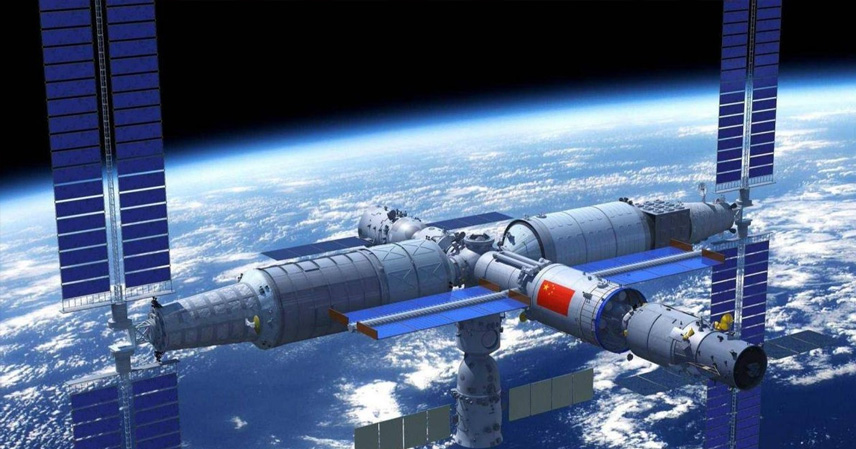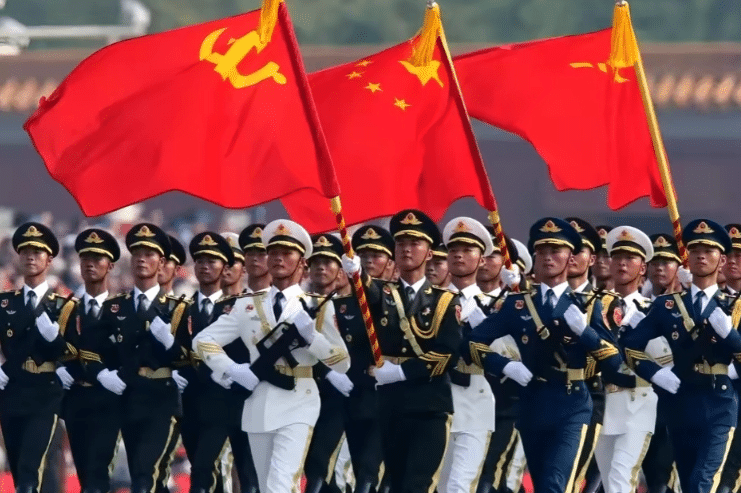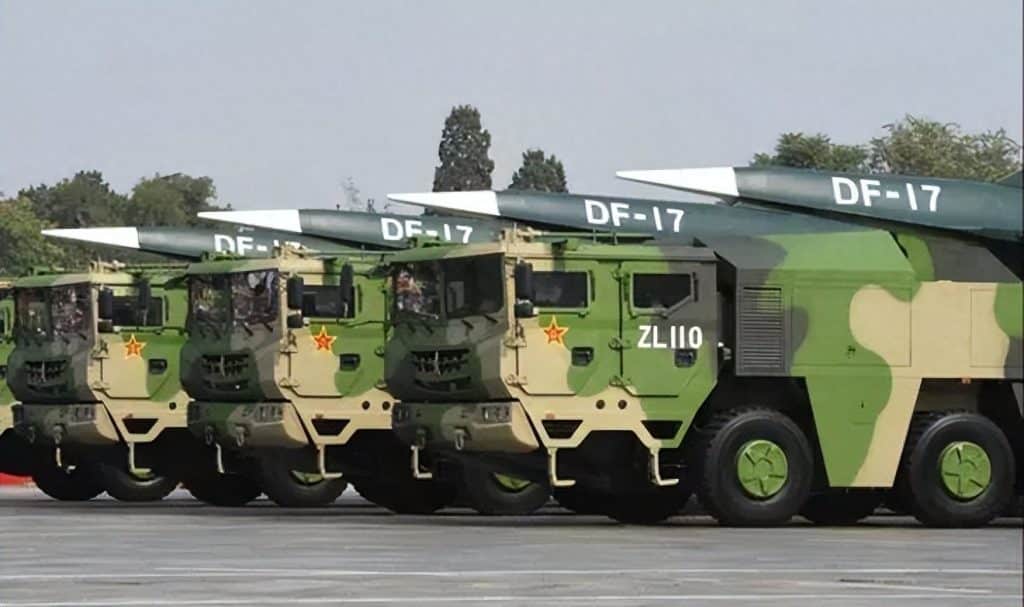The United States Space Force has issued a stark warning: China is emerging as the greatest challenger to American dominance in space, advancing its capabilities at a pace that even senior U.S. officials describe as “incredible.” What once was a competition in technology has now escalated into a battle over strategic control in outer space.
A Growing Threat to U.S. Space Superiority
At a recent annual forum, Lt. Gen. Douglas Schiess of the U.S. Space Force called China the “biggest threat” to American interests in orbit. He emphasized that China is enhancing its space assets monthly, which puts U.S. satellites and military infrastructure at risk.
This concern is not unfounded. Data shows that China’s satellite fleet is expanding at record speed, and Beijing is reportedly developing long-range “kill chain” systems that could target U.S. forces across sea, land, and air. For Washington, this raises alarms about the vulnerability of its global military deployments.
To China, space is the “ultimate high ground”—a domain essential to military deterrence and technological superiority.
Breakthroughs Driving China’s Space Program
China’s advances are not accidental. Unlike the international dependence of the International Space Station (ISS), China’s Tiangong space station was built with modular design, enabling up to 180 tons of expansion capacity and achieving 100% domestic production of core components.
Scientific progress has also been notable:
- The “POLAR-2” gamma-ray burst telescope revealed key data on jet evolution, offering fresh insights into black holes.
- A space-based cold atom clock reached unprecedented accuracy, with a drift of less than one second every 30 million years—improving time standards for navigation and communication.
China’s lunar exploration program follows a structured “three-step roadmap”: unmanned probes, manned missions, and lunar bases.
- The Chang’e-3 lander achieved soft-landing precision within 1.5 meters.
- The Chang’e-5 mission returned 1,731 grams of lunar soil, using dual-sampling techniques that provide a model for future manned missions.
- The Chang’e-6 probe collected the first-ever samples from the far side of the Moon, challenging traditional lunar origin theories.
Meanwhile, preparations for crewed lunar missions are underway. The Long March-10 rocket can deliver 27 tons to lunar orbit, at costs reportedly 40% lower than NASA’s SLS rocket. The Mengzhou spacecraft will support two astronauts on the lunar surface with independent navigation and life-support systems, reducing reliance on foreign technology.
U.S. Facing Structural Challenges
While China surges ahead, U.S. space efforts face structural and funding issues. The ISS is nearing retirement, yet commercial space station projects are hampered by technical and financial hurdles, raising the possibility of a “low-Earth orbit gap.”
NASA’s Artemis program has also seen delays:
- The Orion capsule’s heat shield degraded during high-temperature reentry tests.
- Life-support systems underperformed, recycling oxygen at only 80% of design levels.
- The first crewed lunar flyby, originally planned for 2026, has been pushed to 2028.
Even the U.S. Space Force is not immune to challenges. Its reliance on private companies like SpaceX has caused operational friction, with frequency conflicts between Starlink satellites and military systems. In 2023, miscoordination led to two U.S. military satellites drifting off course.
The Strategic Contest Ahead
The military race in space is not just about satellites—it is about the entire intelligence, communication, and strike chain. Chinese ISR satellites with advanced radar and imaging reportedly enable real-time tracking of U.S. naval assets, while America’s costly anti-satellite systems remain limited in scope.
China’s model of civil-military integration has enabled rapid scaling:
- In 2024, Long March rockets launched 67 times, 23 more than U.S. rockets.
- China’s average launch costs are just 60% of U.S. levels.
Beyond technology, the two nations diverge in their international strategies.
- The U.S. promotes the Artemis Accords, binding partners under restrictions on lunar resource use.
- China pursues a more open approach: Tiangong invites global cooperation, and the planned International Lunar Research Station envisions a phased expansion—by 2030, a basic lunar outpost; by 2040, a permanent six-person base capable of helium-3 mining.
This contrast—U.S. resource control vs. China’s inclusive framework—will shape the future of space governance.
Looking Forward
It is clear that the future of U.S.-China competition will increasingly unfold not only across land, sea, and air but also in space and the deep ocean. These domains, as the “frontiers of strategic competition,” will determine long-term military and technological leadership in the 21st century.



